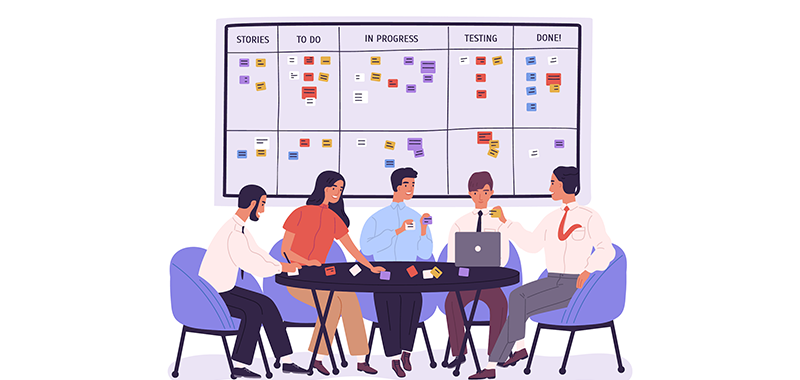
The management of a project begins before the project itself: the phase of structuring, preparation, sharing, integration of the proposal is just as important as its implementation. Or maybe, it is even more important, considering that the preparation of the proposal brings to its success, in terms of access to financing.
When starting the implementation of a new project idea, it is essential to identify the best partners, such as public or private bodies, organizations or other figures that will carry out the planned activities.
From the earliest stages of design, the management procedure will involve the assignment of roles and responsibilities to the various figures involved, based on their experiences and skills. In this regard, it is essential to define with each partner the contribution they can give to the project, in terms of technical or institutional skills, human resources, contacts, equipment, structures, or funds where required.
Consequently, each figure involved will have their own interest or expectation on the part of the project, which pushes them to be involved and active on the project also on the basis of the commitments undertaken.
In order to seek new partners, it is essential to prepare a summary of the project (abstract), describing briefly, the most important points related to the call (deadlines, objectives and activities that can be financed), together with the timing and budget (and possible co-financing) and types of partners requested.
It is important that the partners involved represent different contests and are in synergy with each other. It is well appreciated when they present mixed skills in order to ensure a balance of knowledge and a greater analysis of the problems to be solved through a broader and more diversified approach (multi-actor approach). In the distribution of roles, it must be clarified immediately who carries out the task of coordinator and who instead of partner or simple supplier. In order to respond to European funding programs, the creation of a European partnership is essential, therefore involving more than three subjects from different countries. In addition to having a multidisciplinary working group (multi-actor) it is necessary to balance the number of countries involved, trying to have several different nations between them so that there is a wider interaction on the European territory.
The SAFETY project represents a good example of a European Project (funded under the Erasmus+ KA2 programme) involving a quite large consortium, well balanced in terms of countries and expertises (academic and company environments cooperating together). The project indeed involves 5 Universities and 5 companies, from 7 European countries.
Written by Fedele Colantuono, University of Foggia – Italy



